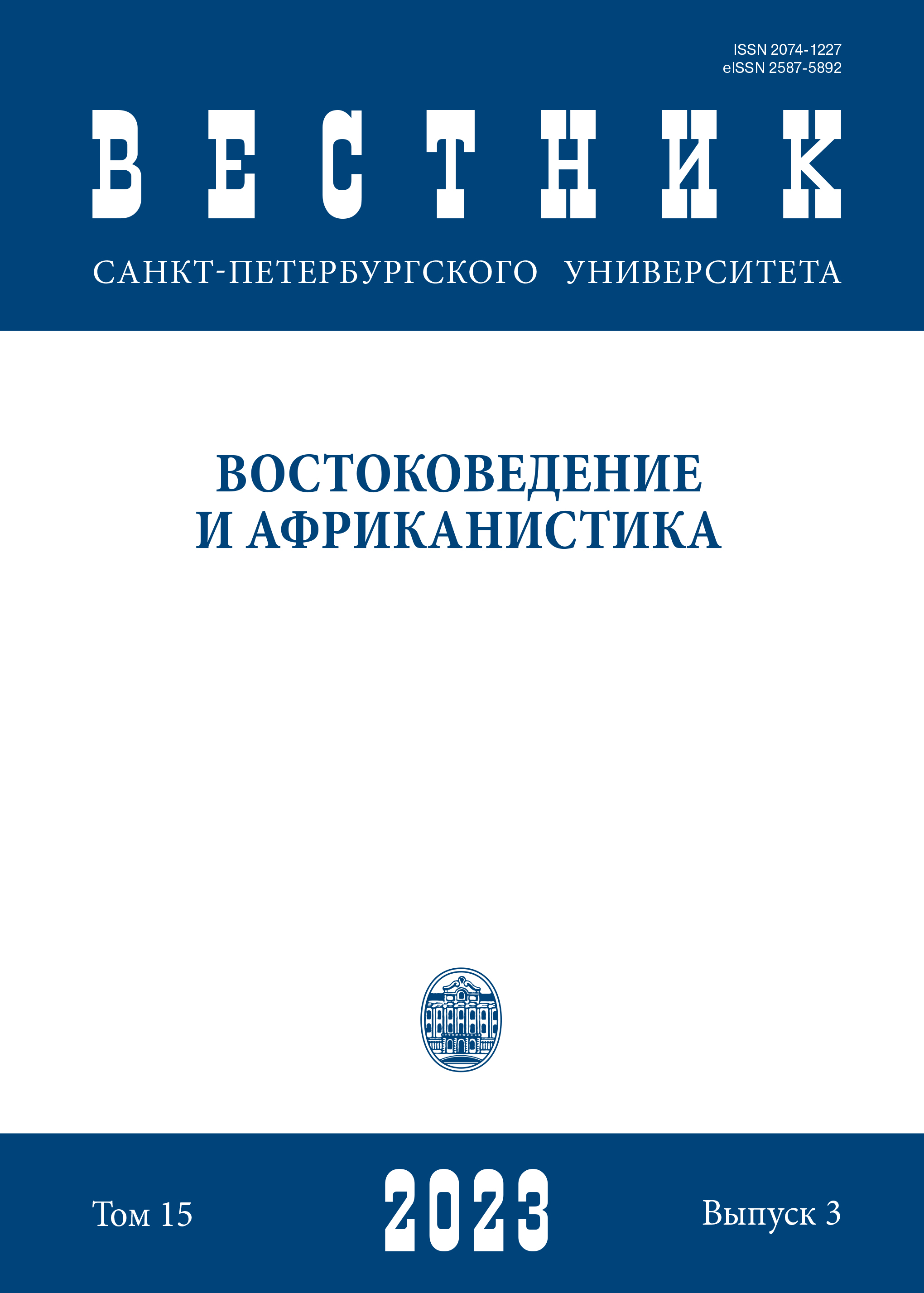Ways of Conveying the Aesthetic Value of Tang Poetry in Russian Translations: A Case Study of Three Translations of Li Bai’s Poem “Thoughts on a Quiet Night”
DOI:
https://doi.org/10.21638/spbu13.2023.305Abstract
Russian and Chinese languages belong to different language families, which makes it difficult to translate from one language to the other. The translation of one poetic language into another without making any changes is an especially difficult task, which is why conveying the aesthetic value of the original poem becomes the embodiment of an ideal adequate translation. The aesthetic values of Tang poetry lie in the integration of sound, thought form and the poetic world, that is, in the beauty of rhythm, the accuracy of the line and the expression of feelings depicted in the text. Rhythm, rhyme and poetic dimension belong to the form of poetry; the meaning of words, sentences and text together form the meaning of poetry; and the picture of life depicted in the text makes up the poetic world. If the Russian translation of Tang poetry can achieve conformity of form, equivalence of meaning and consistency of the poetic world with the original poetry, then it will be able to realize the aesthetic value of the original poetry and will relate to the ideal complete translation of poetry. The poem “Thought on a Quiet Night” is one of Li Bai’s masterpieces and it is included in Chinese language textbooks
for elementary school. Due to the high aesthetic value of this poem, it has become a compulsory poem for Chinese elementary school students to study. To date, there are eight translations of this poem in Russia. This article mainly considers the translations by V. A. Alekseev, L. N. Menshikov, and V. F. Pereleshin. Through the comparative analysis on these three versions about the “Thoughts on a Quiet Night”, it shows that different translators with different aesthetic aspirations may produce disparate translation.
Keywords:
Russian translation of Tang poetry, aesthetic value, poetic form, meaning of poetry, poetic world, Thoughts on a Quiet Night
Downloads
References
Downloads
Published
How to Cite
Issue
Section
License
Articles of "Vestnik of Saint Petersburg University. Asian and African Studies" are open access distributed under the terms of the License Agreement with Saint Petersburg State University, which permits to the authors unrestricted distribution and self-archiving free of charge.





